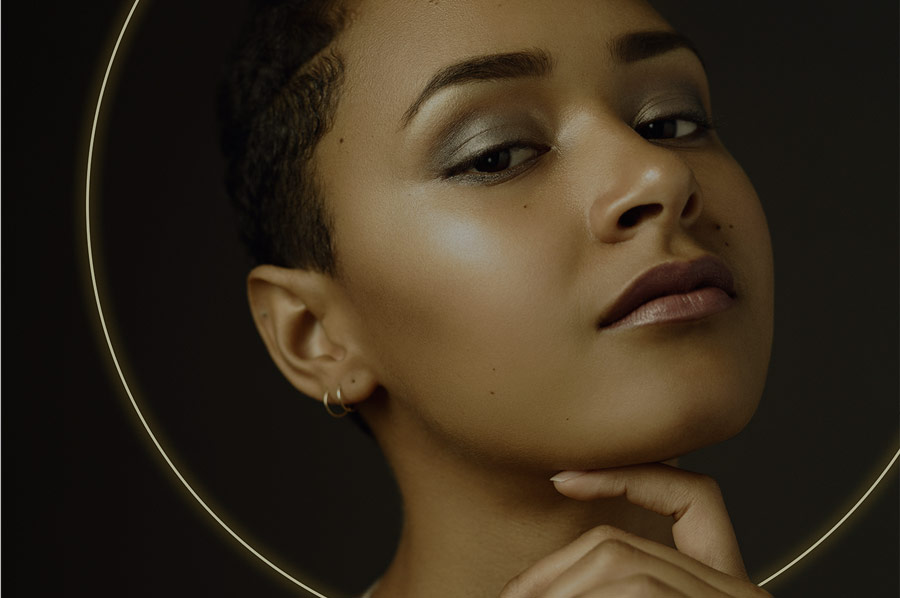Accuracy is imperative for a retoucher, as your goal is creating a perfected final product. Color accuracy is one of those aspects of post-production that is vitally important, especially for commercial or editorial imagery.
There is nothing more frustrating than retouching an image for a magazine, only to see that the skin tones are too warm or the color grading you performed is all off in thousands of copies of the released issue.
The solution to this is color calibrating your devices. Every monitor is different, with a recent trend for IPS displays to skew much colder. Working on an image at a desktop workstation versus a laptop may have its own fluctuation in color temperatures. As a professional photographer, videographer, retoucher, or graphic designer, you want to have the same reliable experience with color as a painter would have.
RELATED: Demystifying the HSL Tool in Lightroom
By using a color calibration device and regularly calibrating your displays, this will keep you safe from producing one image only to see it rendered in completely incorrect colors when the client displays it.
There are multiple color calibration devices available from brands like X-Rite and Datacolor, as well as a few monitor companies such as ViewSonic. The options available also vary slightly in terms of what methods the devices employ for measuring color and light.
For a demonstration of how a color calibration device works, as well as further advice related to its importance, watch the following video by Sheldon Evans. This may just be the one step missing from your workflow that can help elevate your post-production results to the next level.
Source: Sheldon Evans | Featured Image – Photo & Retouch: Kendra Paige |Model: Katy Ching @ MP Miami | HMUA: Lee Ben Hanan @ Agency Gerard | Styling: Lina Rodriguez @ Agency Gerard | HMUA Assistant: Selena Rodriguez | Nail Artist: Morgan Dale | Assistant: Hailey Garrett | Publication: GIRL Mag














